S. Josephine Baker
S. Josephine Baker
Pioneer in well-baby care
(1873-1945)
From 1914 to 1918, while World War I was being fought on European battlefields, Dr. S. Josephine Baker was waging a war of her own. The enemy was ignorance and disease, and the battlefield was the tenement slums of New York City. Dr. Baker was espe¬cially concerned about the thousands of babies that died each year. “It's six times safer to be a soldier in the trenches of France”, she said, “than to be born a baby in the United States”.
Like the Allies in World War L, Dr. Baker was victorious in her struggle. She realized that the key to saving the lives of these babies lay not in emergency treatment but in preventive care. As the first head of New York's Bureau of Child Hygiene, she organized public health education campaigns for impoverished immigrant mothers. She also helped found the federal Children's Bureau. Thanks to her efforts, the lives of thousands of babies were saved in the early 1900s, and the groundwork was laid for modern child health-care programs.
Sara Josephine Baker was born on November 15, 1873 in Poughkeepsie, New York. She was the third of four children in the family of Orlando and Jenny Baker. She preferred to be called Josephine or just Jo, but added her first initial later in life to distinguish herself from the famous black entertainer with the same name.
Josephine's father was a successful lawyer, and her mother was one of the first graduates of Vassar College, the first U.S. women's college with resources equal to men's colleges. Jo was something of a tomboy and enjoyed a happy, carefree childhood, playing baseball and going trout fishing. As a teenager, she attended a private school. "I understood that after I left school I would go to Vassar, and then, I supposed, I would get married and raise a family, and that would be that", she wrote in her autobiography. But when she was sixteen years old, life suddenly changed. Her younger brother died, and three months later, her father died of typhoid, which he probably contracted from Poughkeepsie's contaminated water supply. Until then, the family had been quite well-to-do, but when Orlando Baker's estate was settled, a great deal of money went to pay off debts on some bad investments. As a result, little was left for the family.
Josephine felt responsible for supporting the family. She abandoned the idea of attending Vassar and announced she would become a doctor. At that time, it was now necessary to have a college degree to enter medical school. “I wish I could remember what made me choose medicine…”, she later wrote. Almost everyone tried to talk her out of it, but, she wrote, “When I encountered only argument and disapproval, my native stubbornness made me decide to study medicine at all costs."
By then, Drs. Emily and Elizabeth Blackwell had established the Women's Medical College of the New York Infirmary for Women and Children, where Josephine enrolled. She did well in all her classes except one: "The Normal Child," a subject in which she had no inter-est. She failed the course and had to repeat it the following year. Determined not to fail again, she threw herself into the subject and read every book and article available. To her surprise, she found the subject fascinating and credited that experience to inspiring the work that would later save so many infant lives.
In 1898, Josephine received her M.D. degree, graduating second in her class. After serving a one-year internship at the New England Hospital for Women and Children in Boston, Dr. Baker and another woman physician rented an apartment and opened a practice in New York City. They soon learned that paying patients did not readily flock to women doctors. In her first year of practice, Dr. Baker earned only $ 185. The two physicians supplemented their income by doing physi¬cal examinations on women applying for life insurance policies. Then Dr. Baker saw a newspaper ad for a medical inspector at the city Department of Health. She took the civil service exam, had influential friends write letters of recommendation, and got the job. Thus began her lifelong career in public health.
Her work with babies began in earnest in the summer of 1902, when she was given the task of locating and caring for sick infants. The district for which she was responsible was called Hell's Kitchen, blocks and blocks of crowded, filthy tenements on New York City`s West Side. In these buildings lived blacks and Irish immigrants. Entire families often lived in one room. During summer, there was no ventilation, and temperatures in the crowded tenements soared. Disease bred freely under these conditions. Newborn infants were especially at risk. In the heat of summer, about fifteen hundred babies died in New York City each week. Until Dr. Baker came along, everyone accepted the fact that babies died of heat during the summer and assumed that nothing could be done about it. But the children were dying of dysentery, and the dysentery was caused by germs.
Dr. Baker came to believe that the best way to handle this problem was to prevent the disease from occurring. Over the next few years, she developed some theories about how to keep newborns healthy. In 1908, she was allowed to test her ideas. For the experiment, she selected an area with the highest rate of deaths among newborns.
The city gave her thirty school nurses — during the summer vaca¬tion — to help educate mothers of newborns about things we take for granted today: wash the babies daily, dress them in light-weight clothes rather than bundling them up in heavy blankets, take them out into the fresh air, open any windows in the apartment for better ventilation, and breast-feed the babies so that they won't get germs from contaminated milk. Dr. Baker was given a list of all the babies born every day, and she immediately sent a nurse to instruct the mother. The mothers followed the advice, and deaths among infants dropped dramatically. In the sum¬mer of 1908, there were twelve hundred fewer deaths in the experi¬mental district than there had been the year before.
Convinced of the value of this health education, that August the Department of Health established the Bureau of Child Hygiene, with Dr. Baker as its head. She was given a staff of male doctors—who immediately resigned rather than work for a woman. She persuaded them to stay for a trial month, and after that month, they all withdrew their res¬ignations. Many of them worked with her for years. Nevertheless, Dr. Baker always was conscious of the prejudice against women. She tried hard always to look professional and wore clothes that would allow her to blend in with the men around her. "I wore a standard costume — almost a uniform — because the last thing I wanted was to be conspicu¬ously feminine." Her uniform consisted of tailored suits, blouses, and neck ties.
Under Dr. Baker's direction, the bureau trained and licensed mid- wives, placed abandoned infants with foster mothers, developed a sys¬tem for preventing blindness from eye infections in newborns, distrib¬uted pamphlets containing health information, and set up Baby Health Stations where mothers could get safe milk, as well as good advice. Pasteurization, the process of heating milk to kill germs, was not yet required by law.
As the leading expert on child health, Dr. Baker was asked to lecture on this subject for the New York University Medical School, where a new degree program, Doctor of Public Health, had just been instituted. Dr. Baker agreed, but only if she could enroll as a student and work toward that degree. School officials at first said it was out of the ques¬tion because the school did not admit women. The school eventually agreed to her condition because there was no one else qualified to give the lectures. She received the Doctor of Public Health degree in 1917 and lectured at N.Y.U. Medical School from 1916 to 1930.
In 1923, Dr. Baker retired from the Bureau of Child Hygiene. By that time, infant mortality in New York City had dropped from 111 to 66 for every 1,000 live births, the lowest rate for any European or American city.
Dr. Baker remained active for many more years. She served as a con¬sultant to the U.S. Public Health Service, the New York State Department of Health, and represented the United States on the League of Nations' Health Committee. Even at the time of her death from cancer on February 22, 1945, she was serving on the New Jersey State Board of Health and the board of directors for the state reformatory for women.
More detailed information can be found in the "Extraordinary Women of Medicine" Darlene R.Stille, and issued by The Children's Press in the USA.
Information should be used just for educational purposes.


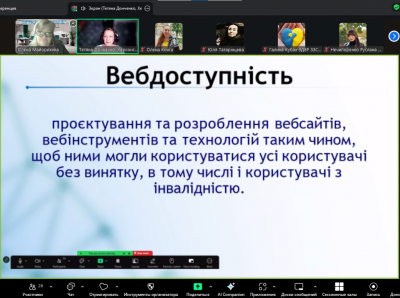
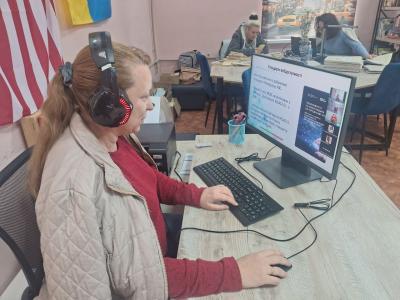
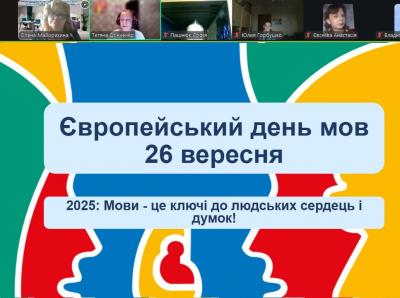
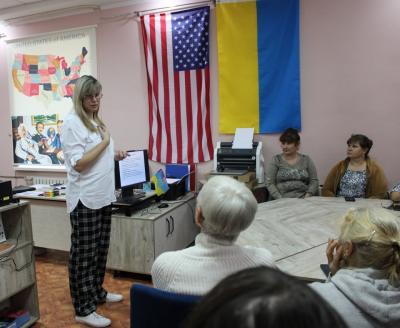


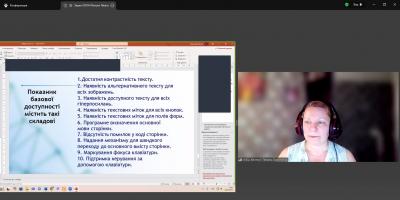


Comments